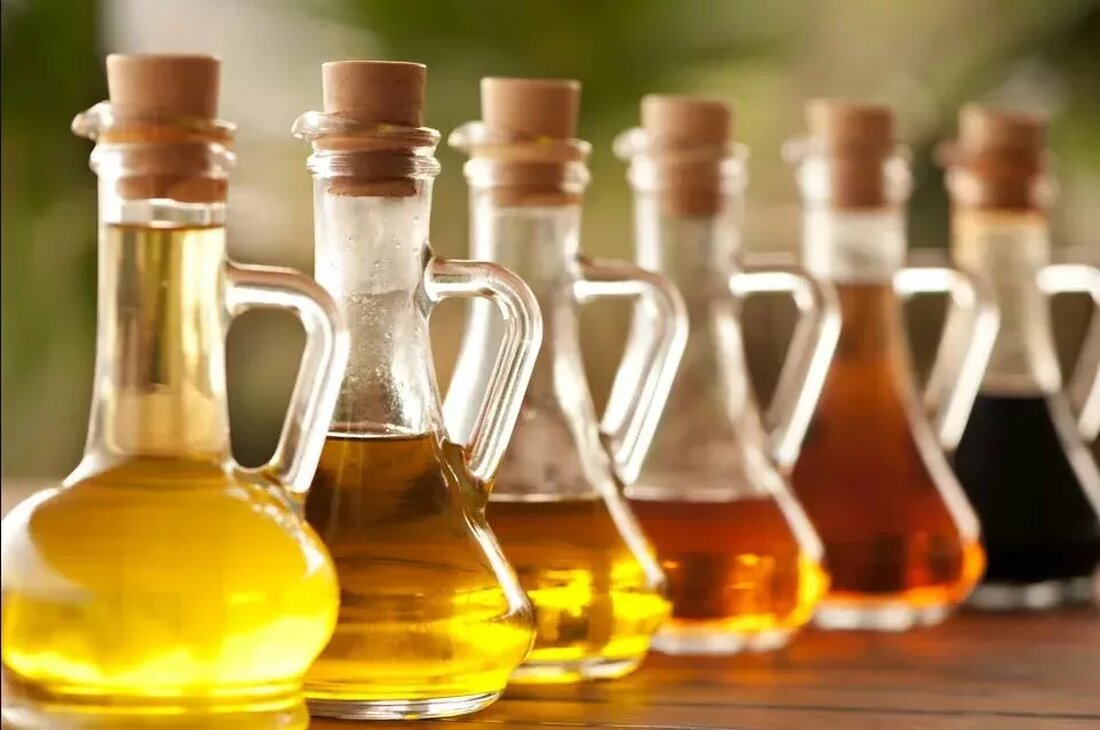How to make homemade herbal teas to combat cough, cold and flu
How to make homemade herbal teas to combat cough, cold and flu
Do you need relief for a coughing child in the middle of the night? Are you full of your own nose and your clogged head? You can prepare homemade herbal teas and herbal teas to relieve the unpleasant symptoms of cough, cold and flu. This article contains a list of herbs that combat colds and flu, their healing properties and clear instructions for their use.
natural medicinal herbs for the treatment of cough, cold and flu
Many herbs are well suited as the main component of healing tea against cough, cold and flu. The herbs listed below are used in herbal details that are intended to support the healing process.
- Echinacea (Echinacea Angustifolia)-an immunity amplifier with strong anti-grippy properties, only take three weeks, then end the intake for two weeks. Do not administer people with children under the age of twelve or people suffering from asthma.
- Nighting candles (Oenothera Biennis)- their leaves have anti-inflammatory, flu and many other health-promoting properties.
- French tarragon (Artemisia Dracunculus)-helps with cough and has anti-flu, antibacterial and anti-allergic properties.
- Greek oregano (origanum vulgar hiretum)- has many anti-gripping and antibacterial properties. Can be used to relieve allergy symptoms such as hay fever and environmental allergies. Majoran can be used for similar purposes.
- lemon balm (Melissa Officinalis)-a sedative that helps to calm and initiate sleep, and also has anti-cold and anti-flu properties.
- peppermint (mentha piperita)-relieves stomach problems, helps in pain and also has antibacterial and antibacterial properties. Do not give children under the age of twelve.
- Self-healing (Prunella vulgaris)-has many health benefits, one of which is anti-flu. Can be used as a tonic.
- green mint (mentha spicata) -like peppermint. Do not give children under the age of twelve.
- thyme (Thymus vulgaris)-has anti-cough and anti-gripping properties. Also an anti-inflammatory means that helps with pain, digestive and stomach problems.
- rosemary (rosemary officinalis) - like Greek oregano, but also helps with memory. However, take the intake for only three weeks and then end the intake for two weeks.
How do you make homemade herbal teas
For the herbs mentioned above in the cold and flu focal list list, use the plants leaves to prepare homemade herbal teas. You can prepare a tea with your herb alone or add herbs to a basistee such as green tea or chamomile tea.
If you want, you can add lemon juice, honey or other sweeteners as desired. However, most herbal teas taste like they are quite pleasant. A little honey will make most teas more tasty for children, but note that honey is not recommended for children under the age of two.
If you treat coughing, cold or flu, it is best to drink the liquid as long as it is still hot. Of course, teas for children have to be cooled to a safe temperature before they can drink them.
You will need:
- Clean boiled water, preferably spring water, sweet or rainwater
- teapot and/or tea cups or cup, ideally porcelain, glass, ceramics or enamel
- tea cite (optional)
- lemon juice, honey or maple syrup (optional)
- A basistee like green tea or chamomile tea (optional)
You can use fresh or dried herbs for your homemade herbal tea. Use a small handful of large-leaved herbs or 2-3 twigs of small-leaved herbs for each required cup of tea. This corresponds to a tablespoon of herbs per cup. Carefully tear up large -leaved herbs so that the secondary plant substances can spread more easily in the water.
Put the herbs into your teapot or tea cup and pour it over with boiling water. Put on the tea cover or cover the tea cup with a saucer to absorb the essential oils in it. Let it steep for at least five minutes. If you use a teapot, you can strain the herbs as you pour the tea into a tea cup. If you have prepared your tea in a tea cup, just let the herbs put on the floor. Sweet as desired.
The preparation of herbal teas is very similar to preparing tea. The only difference is that the leaves are left longer than herbal teas, usually at least twenty minutes. By soaking the herbs for a long time, their chemicals are released in a much higher concentration. Alternatively, you can let the herbs in the teapot go unlimited and pour the strengthening liquid over the day as required.
If you are pregnant, have asthma or allergies, have a thyroid problem or want to give a child herbal teas or infusions, please check whether you use herbs that are safe for these diseases.


Kommentare (0)